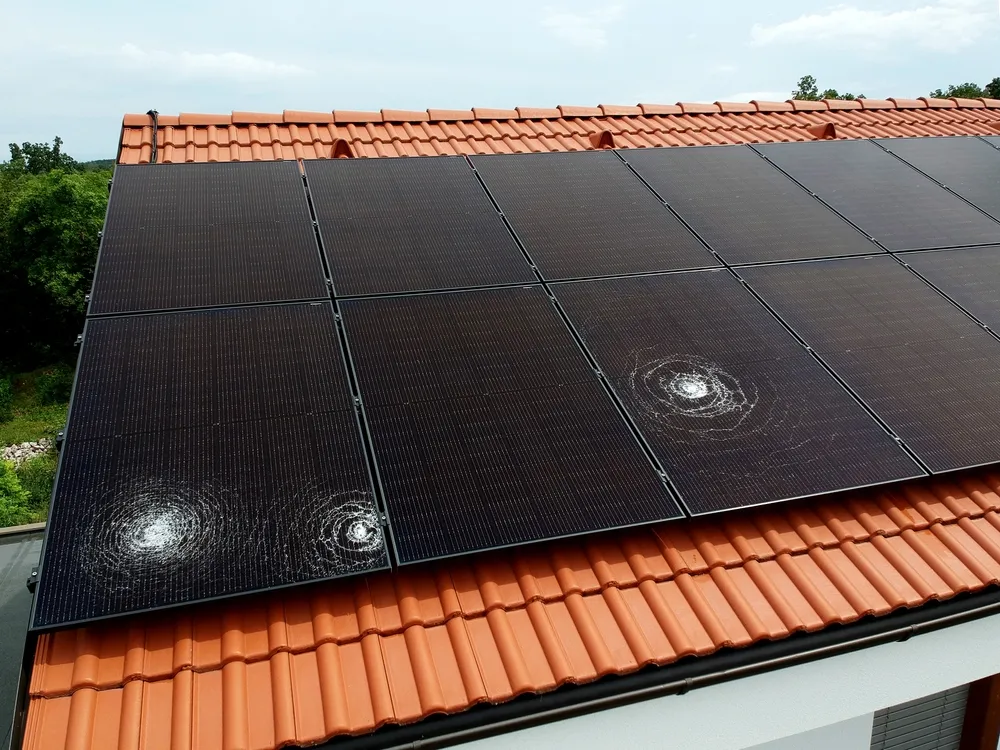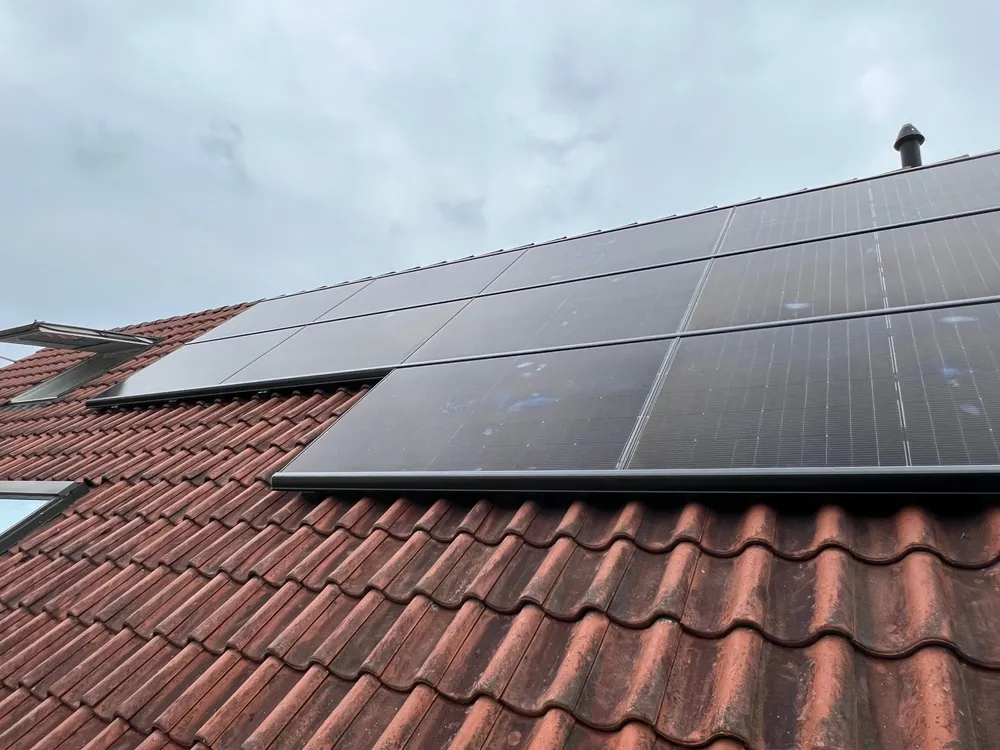Solar System Repairs: A Detailed Cost and Value Guide for Homeowners
October 9, 2025
Like any system exposed to the elements, your home's energy system can encounter issues over time that affect performance and efficiency. Knowing how to handle repairs and evaluate costs is essential to getting the most from your setup. Our team at Platinum Solar understands that your home’s energy system is an investment that delivers long-term savings, sustainability and convenience.
Many homeowners underestimate the value of timely maintenance and professional repair services. Delays often lead to larger, more expensive problems which could shorten the lifespan of the entire system. A well-maintained unit not only ensures consistent performance but also protects your financial investment, providing peace of mind that your system will serve your household for years to come.

Every home energy system experiences wear and tear due to exposure to the elements and debris. Recognising issues early allows for faster and more affordable repairs. Whether it’s a minor fault in a component or an efficiency drop that affects power output, understanding the signs helps prevent unnecessary downtime.
When your energy production seems inconsistent or significantly lower than usual, it’s often the first indicator of an underlying problem. This could stem from dirt accumulation or a malfunction within the inverter or panels. Identifying the cause early can save homeowners from paying higher utility bills and experiencing prolonged inefficiency.
Systems exposed to outdoor elements face constant environmental stress, which gradually leads to visible or hidden damage. Extreme weather conditions and accumulated dust are common culprits. Addressing these problems quickly helps maintain stable operation and prevents component failure.
Electrical issues pose serious risks to both safety and performance. Loose connections and inverter problems can interrupt power generation or lead to overheating. Regular inspections and qualified servicing are essential to maintaining both efficiency and safety.
Some homeowners consider taking a do-it-yourself approach to save on repair costs. While it may appear cost-effective at first, energy systems involve complex electrical components that require professional handling. Comparing professional and DIY repairs shows how long-term results and safety standards differ significantly.
Repair costs vary by component and the nature of the fault. It helps to anchor your expectations to common ranges seen across the Australian solar industry, then confirm with a written quote before authorising any work. The figures below reflect typical rates and are intended as a budgeting guide. Keep in mind that factors such as difficult roof access or additional switchboard work can increase the final invoice.
Inverter replacement is often the largest single expense. Entry-level single-phase 5 kW units start at around $1,000 for budget brands, while premium models are commonly in the $1,500–$2,000 range. Larger inverters, such as 10 kW systems, can reach $3,700 or more, which is consistent with current Australian pricing trends.
Panel replacement is generally costed per module, with retail panel prices ranging from $80 to $300 depending on brand and wattage. Labour for removal, installation, and any racking or wiring adjustments is additional, meaning the final repair cost will be higher than the panel price alone.
Call-out and diagnosis fees are usually a fixed amount that covers the first hour on site. In Sydney, typical rates are advertised at around $90 for the first hour, after which standard hourly charges apply. This provides a baseline for estimating the minimum labour component for most repair visits.
Certified technicians follow strict safety protocols, ensuring repairs meet industry standards. DIY approaches can compromise safety and void warranties. Professional intervention offers durability and peace of mind that the job is done right.
DIY fixes may seem appealing for small issues, but improper handling can cause irreversible damage. Inexperienced repairs can escalate costs by damaging other components, often leading to complete replacements. Considering long-term impact before taking on repairs can prevent unnecessary losses.

Consistent maintenance and timely solar system repairs are the foundation of a long-lasting energy system. By investing in regular inspections, homeowners can prevent small issues from becoming costly replacements. A well-cared-for system will operate efficiently for decades with minimal disruption.
There are times when the most practical solution is an upgrade or full replacement. Ageing components may no longer meet your household’s energy demands. Evaluating long-term savings versus short-term repairs helps determine the best approach.
Routine maintenance reduces the likelihood of major breakdowns. Preventive strategies focus on inspections with cleaning and performance tracking. Regular servicing keeps all components functioning optimally, reducing repair frequency.
Performance monitoring is a proactive way to ensure consistent energy output. Tracking efficiency helps identify declining performance early. Using modern monitoring tools gives real-time insight into your system’s health.
Warranty and insurance coverage can significantly reduce the financial burden of repairs. Understanding your policy terms helps you plan better and avoid unexpected expenses. Many homeowners overlook these benefits, missing opportunities to save.
Most systems come with warranties covering specific parts for a limited period. These warranties vary by manufacturer and installer, often requiring professional maintenance to remain valid. Knowing what’s included ensures you get full value from your warranty protection.
Insurance can help when systems are damaged by the elements or other unforeseen events. Knowing how your policy applies to your system ensures quick recovery from damage. Comprehensive coverage can make a major difference in repair affordability.
Filing claims properly ensures smooth processing and faster repairs. Homeowners should be familiar with procedures and documentation requirements. Taking a proactive approach reduces stress and unexpected costs.
For homeowners who value efficiency and longevity, maintaining an energy system isn’t just about fixing problems when they occur. It’s about safeguarding a long-term investment that contributes to lower bills and sustainable living. Knowing when to seek professional help and using warranties wisely ensures your system continues to deliver consistent performance year after year.
Platinum Solar believes in helping homeowners make informed decisions that protect both their properties and their investments. Whether it’s understanding when to repair or replace or upgrade, the key is proactive care and professional expertise. With regular maintenance and timely service, your system can keep your household running smoothly for decades to come.